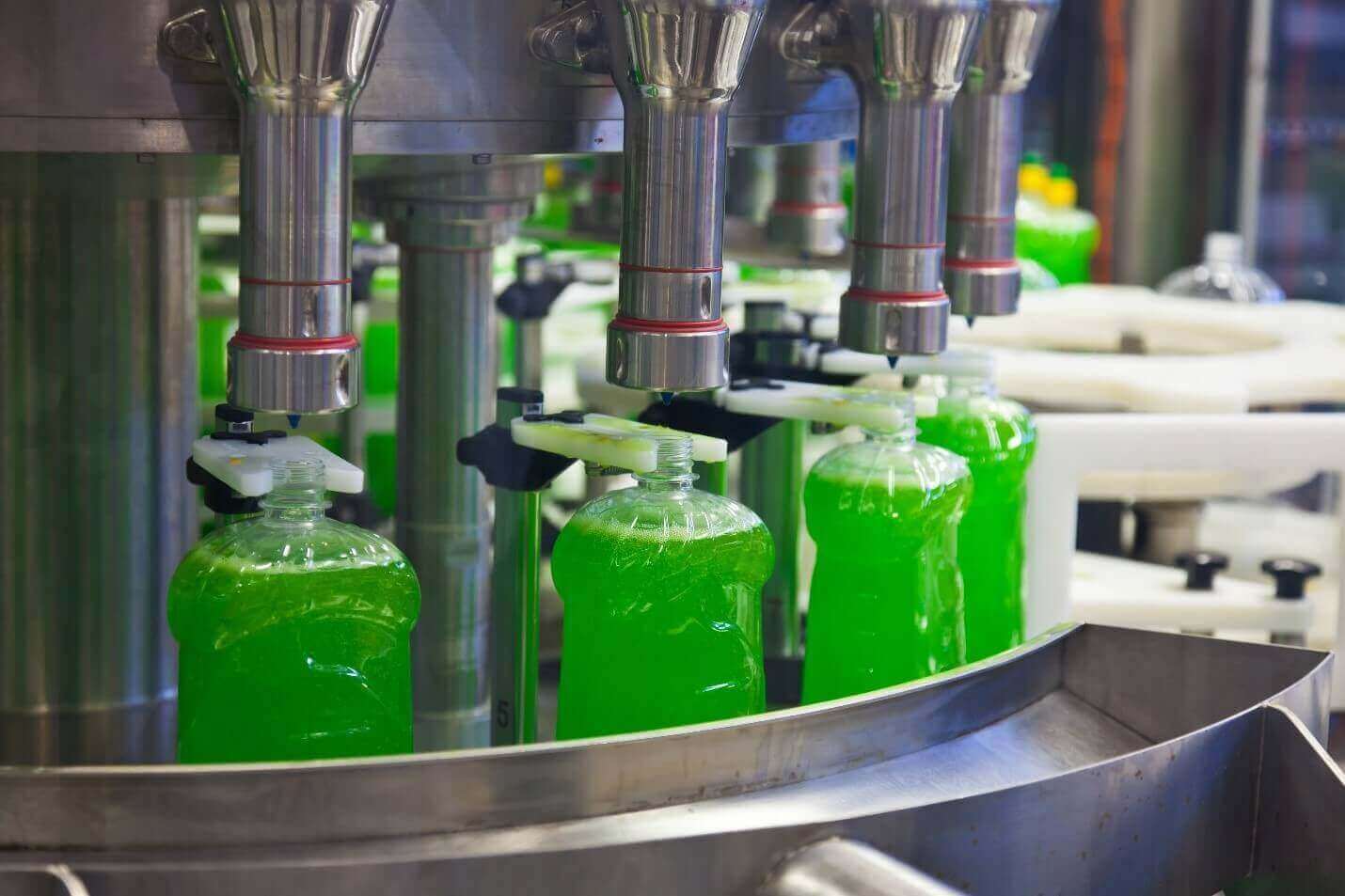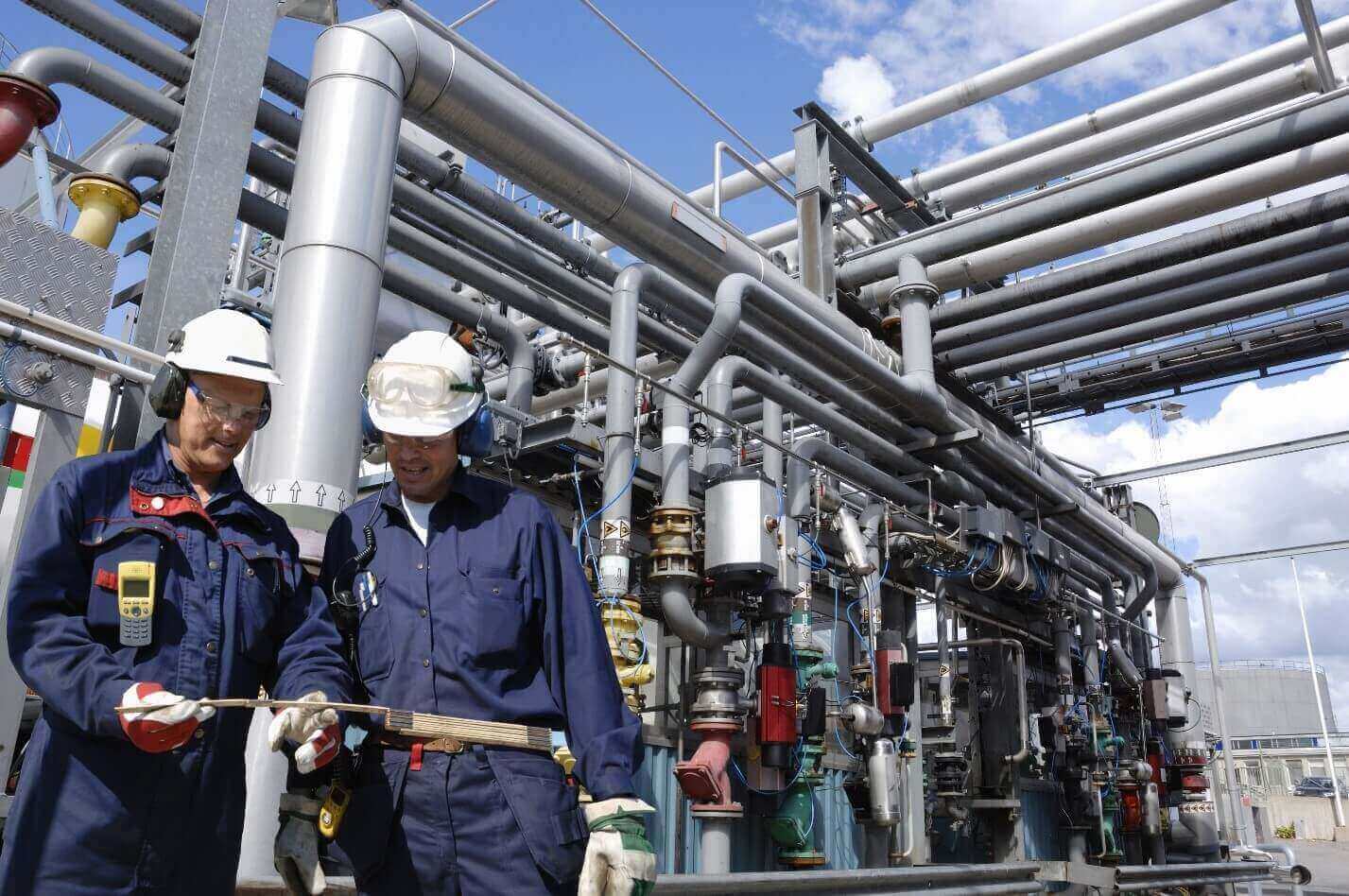In today’s ever-competitive global marketplace, manufacturers have to exert efforts to explore new ways of raising revenue. Look online, and you’ll find excellent content about how to enhance machinery, improve industrial operations, and increase productivity. But besides exploring modern manufacturing practices, it’s essential to recognize the ability of technology to revolutionize business opportunities.
The modern capabilities of digital technologies present countless opportunities for business owners and manufacturers to acquire flexibility, scalable agility, transparency, and operational performance. This is where digital manufacturing comes in to help industrial professionals enhance the productivity and efficiency of their operations.
Digital manufacturing is the application of digital technologies to leverage manufacturing operations, including material movement and cost control. It’s an integrated approach that allows manufacturers to incorporate new technologies in their day-to-day processes to produce business insights, streamline risk management, and identify disruptions without affecting quality and productivity.
To shed light on the incredible capabilities of digital manufacturing, we’ll discuss how it will drive intelligence and digital transformation across manufacturing operations and how it will shape the world of manufacturing.
Improve operational efficiency
In any industry, digital technology enhances day-to-day automation. When it comes to manufacturing, moving away from manual processes in place of digital solutions offers a wide variety of benefits: improved decision-making, access to useful analytics, streamlined process flow, simplified performance monitoring, and lesser downtime and rework.
In traditional manufacturing, industrial operators rely on human decisions to manage the production line. But relying on human judgment alone increases the chances of errors and major failures. This trade-off can be applicable for products produced in high volumes but with low individual value.
Automating manufacturing processes allows workers to identify bottlenecks and weaknesses through the production chain. Meanwhile, designers and engineers can pretest new ideas, tools, or practices before implementation. As a result, your business saves more time, money, and labor while reducing waste and preserving product quality.
Keep in mind that as product value rises, the rework costs will also follow. Adopting digital alternatives to your production process is more cost-effective than the physical representation. This is because new productivity practices produce lesser constraints than a manual production environment. In this case, the digital manufacturing process can maintain its process consistency while producing more output for the same number of inputs.

More innovation opportunities
In traditional manufacturing, designers build machinery based on siloed sketches or development procedures. On the other hand, a digital factory layout provides a more flexible environment, making it possible to develop and plan in tandem. It also removes silos by integrating development and planning with modern technology. In turn, this allows workers to identify potential weaknesses and fix them ahead of time.
When it comes to production design, digital manufacturing delivers loads of advantages. This includes the use of 3-D modeling systems to design machinery, equipment, production flows, and floor layouts.
3-D modeling help simulate the manufacturing process, allowing engineers to explore other methods to speed up and reduce the cost of a certain procedure before beginning the production process. During the manufacturing process, it’s certainly possible to monitor and assess the systems for any problems or deviations so the workers can address them quickly. Meanwhile, cloud-based designs allow quick adjustments to product designs while evaluating their suitability. There’s also data connectivity that helps configure and reconfigure factories easier for a lesser expense.
Besides 3-D modeling, digital manufacturing offers state-of-the-art technology to help manufacturers innovate processes. But to experience its new capabilities, such as 3-D modeling, data machine learning, data connectivity, and predictive analytics, it’s worth investing in the best digital infrastructure, particularly when choosing the ideal software.
Optimizes the value chain
The complexities of the value chain make it extremely hard to improve. This is where digital manufacturing can help to support the production analysis at all stages through data integration. It also facilitates electronic experimentation to avoid fiscal and physical risk.
The role of digital production reflects in optimizing mill layout. Manufacturers can use digital manufacturing systems to simulate the production processes and generate virtual sketches of mill floor designs. At the same time, workers can easily identify potential bottlenecks and causes of waste and downtime. This will ensure the mill will function efficiently once it’s fully operational.
Investing in digital manufacturing can be a costly endeavor, but the benefits above prove that it is worth spending on. But to fully reap the benefits of digital manufacturing transformation, this modern approach requires a deeper examination of existing features and components to drive the production line towards success. Over time, you will free your workers from repetitive and tedious jobs and focus more on significant work.


